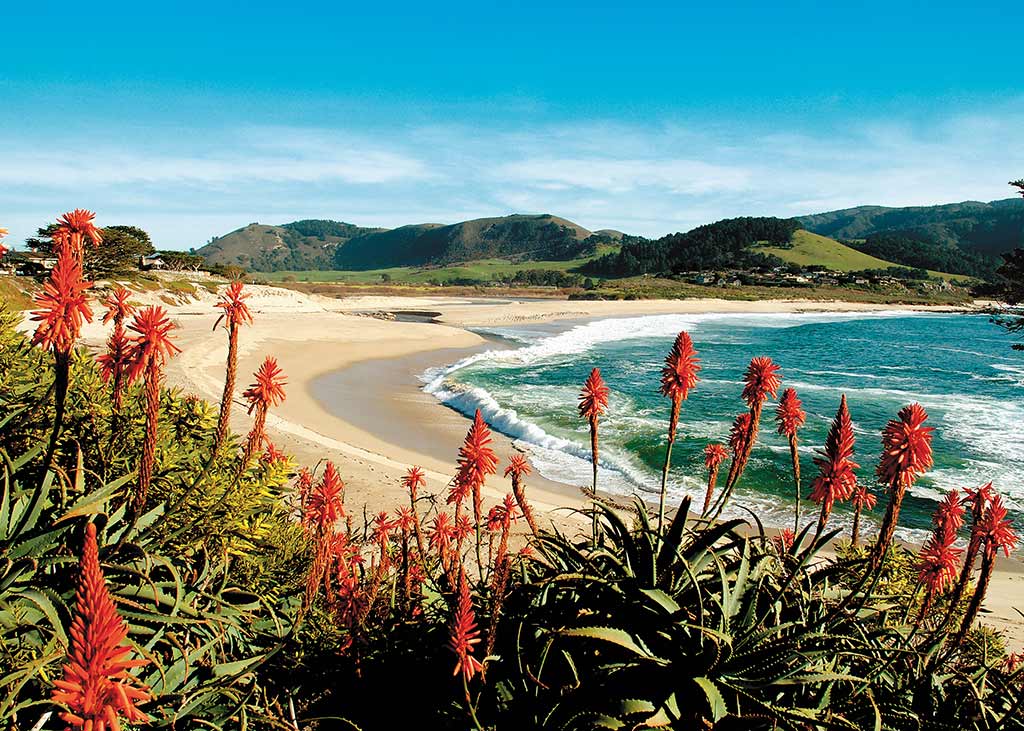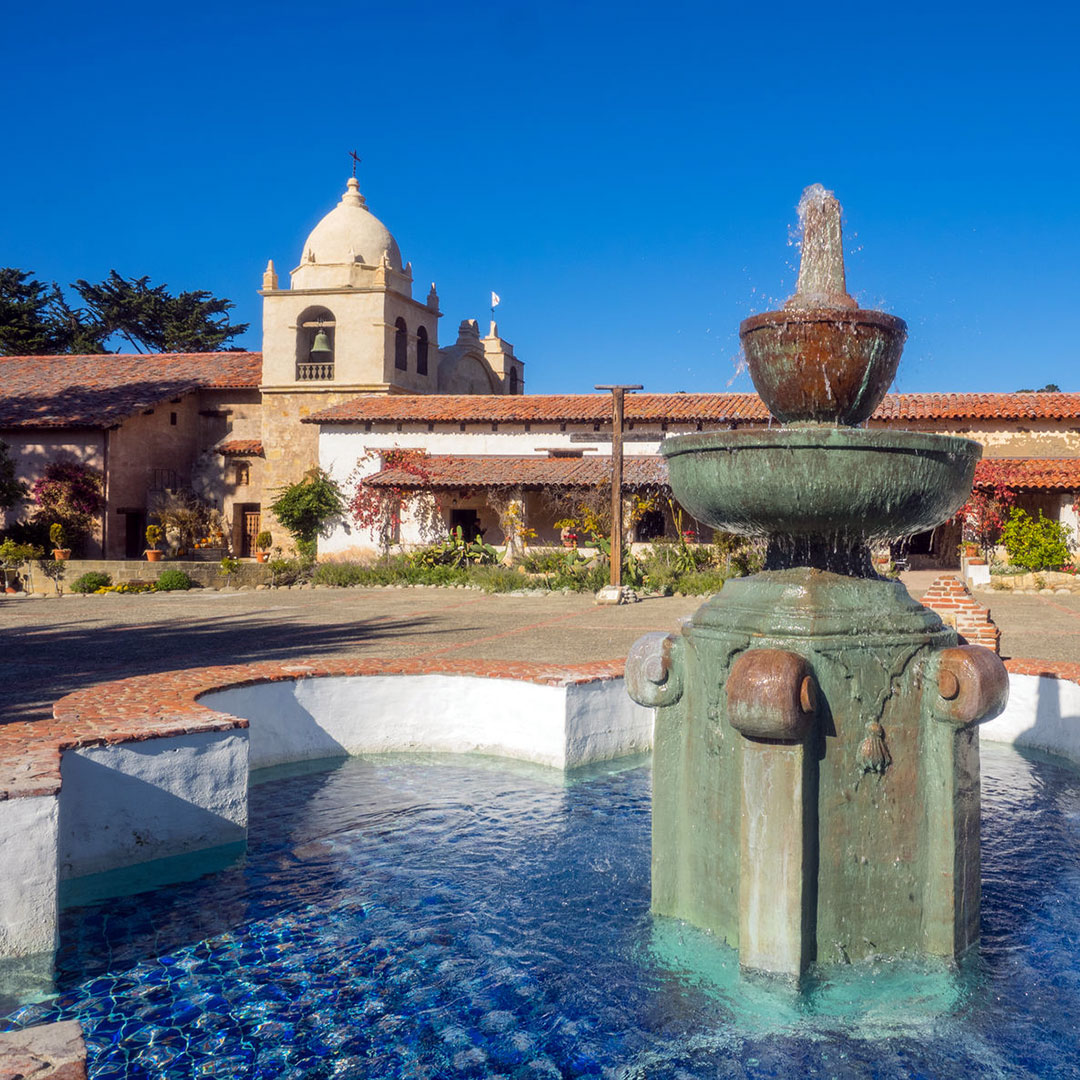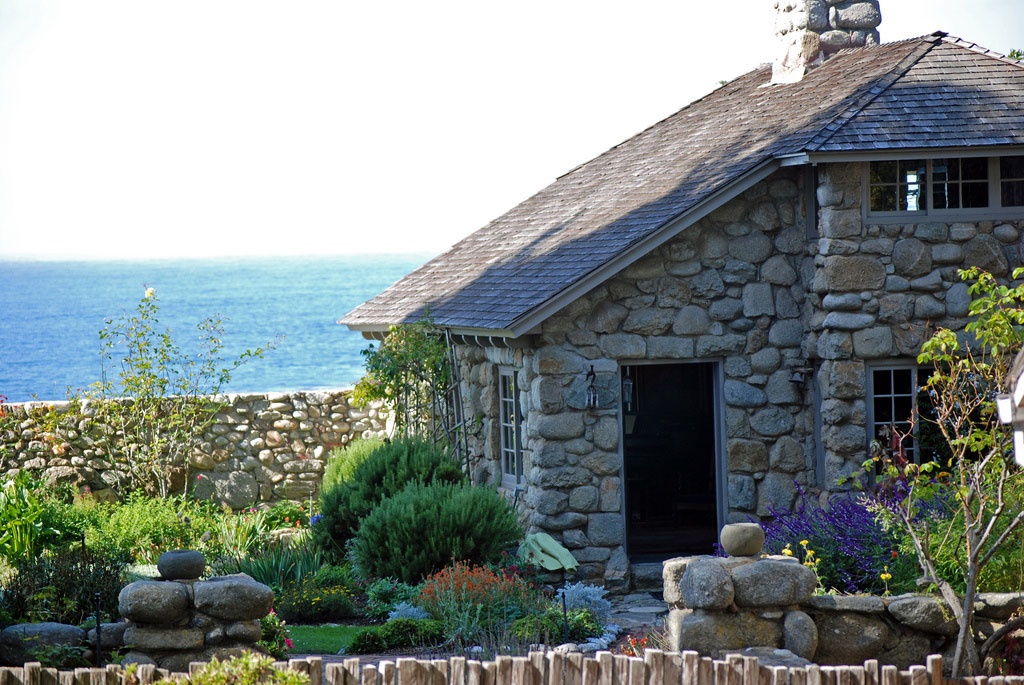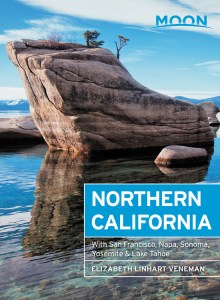What to See in Carmel-by-the-Sea
Carmel’s landscape is divided into three distinct parts: Carmel-by-the-Sea, Carmel Valley, and the Carmel Highlands. The village of Carmel-by-the-Sea sits above white sand beaches, nestled in a forest of pine and cypress. The streets are filled with storybook cottages, art galleries, and stately old hotels. The yin to its yang is Carmel Valley, the long east-west valley carved by the Carmel River. Here, forest gives way to sunbaked land, and tasting rooms replace galleries. There are plenty of outdoor activities to take advantage of the perfect weather, and the wineries and restaurants clustered in tiny Carmel Valley Village offer the ideal repose. Both Carmel-by-the-Sea and Carmel Valley residents love dogs. Your pooch is welcome at many establishments, and a number of stores and restaurants offer doggie treats and keep fresh water outside for the canine set.

About five miles south of town on the way to Big Sur, the Carmel Highlands stand perched above the rich Carmel Bay. The jewel of this area is the splendid Point Lobos State Natural Reserve. Farther south, several upscale resorts take full advantage of the views.
When most Californians talk about Carmel, they mean Carmel-by-the-Sea. Beginning as an artist colony in the early 20th century, the picturesque cove drew artists, painters, writers, and dancers, who built cheap cottages and pursued their art. Outdoor theater, literary salons, and scores of paintings characterized Carmel in its heyday. But now the secret is out, and the hamlet is not so cheap anymore. Crowds have replaced artists, and many galleries hawk standard seascapes in place of truly inspired work. However, Carmel remains a magical place. Sparkling beaches, winding streets with neither sidewalks nor streetlights, friendly shops, and quaint restaurants still make the mood and are capable of moving even the most hardened cynic.
If you are wondering where the business gets done in Carmel, banks, office buildings, and large supermarkets sit at what locals call the “mouth of the valley.” At the intersection of Carmel Valley Road, Rio Road, and Highway 1 are two major developments, the Barnyard and the Crossroads. These have additional shops, restaurants, and cafés, should the abundance in town not be enough.
What to See in Carmel

Carmel Mission
The Carmel Mission (3080 Rio Rd., 831/624-1271, 9:30am-7pm daily, adults $6.50, seniors $4, children 7-18 $2, children under 7 free), formally called the San Carlos Borromeo de Carmelo Mission, was Father Junípero Serra’s personal favorite among his California mission churches. He lived, worked, and eventually died here, and visitors today can see a replica of his cell. A working Catholic parish remains part of the complex, so be respectful when taking the self-guided tour.
The Carmel Mission has a small memorial museum in a building off the second courtyard, but exhibits run through many of the buildings, showing a small slice of the lives of the 18th- and 19th-century friars. The highlight of the complex is the church, with its gilded altar front, its shrine to the Virgin Mary, the grave of Father Serra, and ancillary chapel dedicated to the memory of Father Serra. Round out your visit by walking out to the gardens to admire the flowers and fountains and to read the grave markers in the small cemetery.

Tor House
When poet Robinson Jeffers began hauling great granite boulders up from the beach to this spot in 1919, Carmel was young and Carmel Point was a barren and treeless outcropping. Jeffers named the family home he built Tor House (26304 Ocean View Ave., 831/624-1813, tours hourly 10am-3pm Fri.-Sat., adults $10, students 12 and over $5, children under 12 not permitted) for its rocky location. A year later he began construction on Hawk Tower, named for a hawk that he saw daily as he built the Irish-style stone structure. It was here where Jeffers wrote his most enduring work. Filled with celebrations of nature’s truths and denunciation of man’s many follies, Jeffers in his time was known as “the dark prince of poetry,” and later hailed as one of America’s earliest environmental poets.
Since then, Carmel has grown up, as have the towering cypress trees on Carmel Point, but Tor House remains, as if preserved in amber. Two days a week, visitors can tour the stone cottage and tower, stroll the lush English garden, and imagine what it was like to live here surrounded only by the forest and the pounding surf, before electricity (installed in 1949), during the innocent and dark romance of this poetic era.
Carmel Beach
The mile-long Carmel Beach (Ocean Ave. and Scenic Rd., 831/620-2000, 6am-10pm daily) lies at the foot of Ocean Avenue and is known for its sparkly white sand that squeaks beneath your feet. Its aqua-blue waters teem with life, including sea otters, dolphins, surfers, and body boarders. There is a price for the beauty, though, as the beach is often windy and rarely offers a goose-pimple-free day of sunbathing. Dogs and small bonfires are allowed on the beach south of 10th Avenue. You can park at a relatively large lot at the base of Ocean Avenue or along the one-way Scenic Road, which also has a pleasant footpath above the beach to catch the views without getting your shoes sandy.
Carmel River State Beach
Around the point from Carmel Beach is Carmel River State Beach (Scenic Rd. and Carmelo St., 831/649-2836, sunrise-sunset daily, free). Sheltered from the wind and with stellar views of Point Lobos, this is a favorite with families. Cutting though the beach is the Carmel River, which makes a tidy lagoon, home to a diverse community of shore birds and perfect for kids to wade and swim in its warm water. The beach is less well known than the popular Carmel Beach, making it the less crowded option on the rare hot and sunny day.

